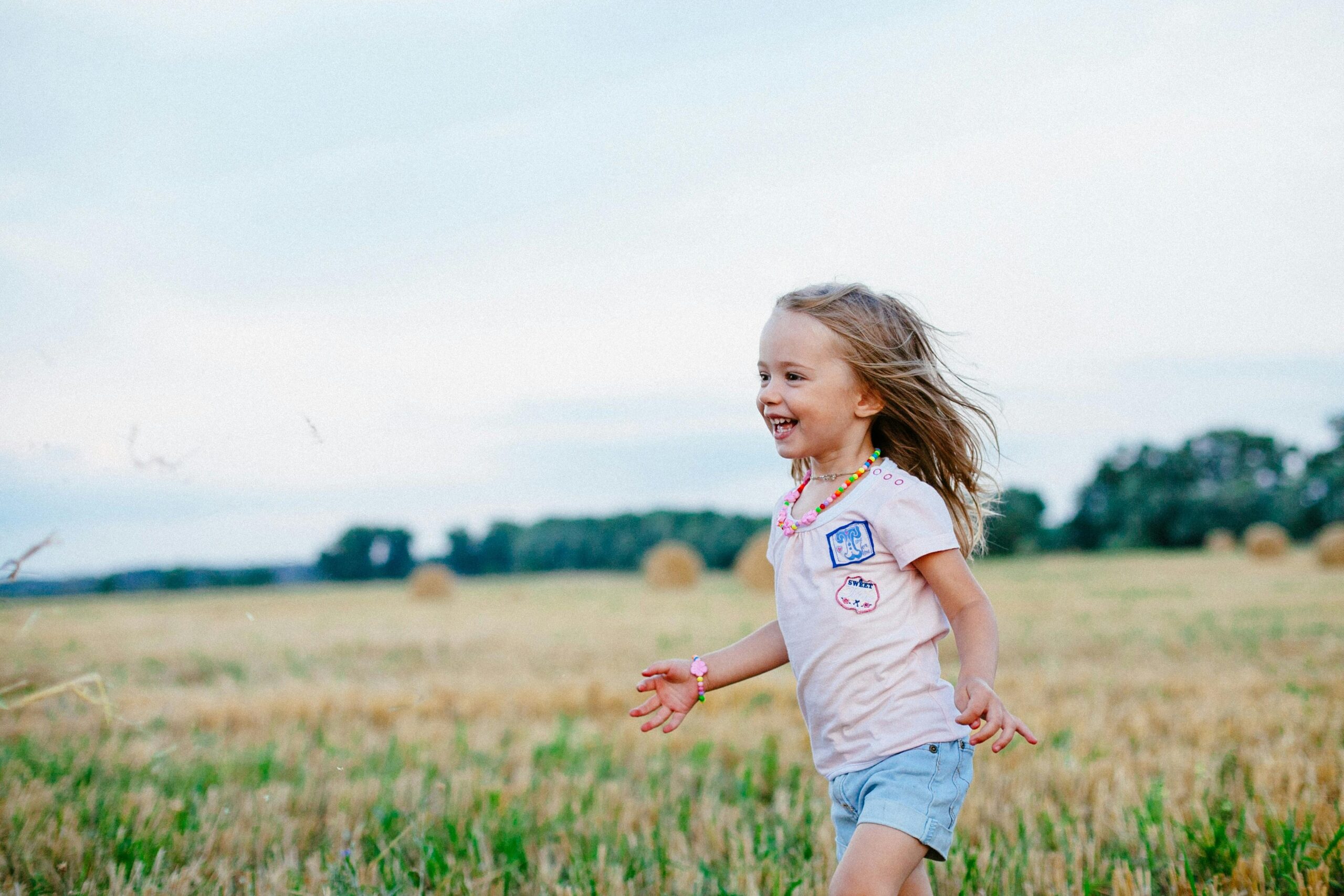The Concept of Child Development
When the study of children is conducted based on psychology, it is called child psychology. Human development starts with pride from the mother and continues until death. Development is not growth, which happens at a certain time, but in development, all physical, mental, emotional, etc., characteristics are included, which lead it towards maturity. Development refers to the change from conception to life. The process of development continues constantly. Child development falls under developmental psychology. The process of development involves various changes from the fetus’s arrival to life.

Meaning of Child Development:
The physical, cognitive, social, emotional, and linguistic development or change that occurs in a child is known as child development.
According to scientists:
According to Driver: “Development is a progressive change that is continuously directed towards a goal. For example, there is a continuous change from the fetal stage to the adult stage in any species.”
According to Munroe: “The series of changes through which a child passes from the fetal stage to adulthood is called development.”
According to Crow and Crow: “Child development is the science that studies the behavior of a child from conception to death.”
According to Darwin: “Child development is the science that studies the behavior of a child from conception to death.”
According to Harlack: “Child development is the branch of psychology that studies the various changes in human development from conception to death.”
Characteristics of Development:
There are several characteristics of development. Some major characteristics are as follows:
- Development occurs as a progressive series of events.
- There are sequential changes in development. There is consistency in changes. These changes occur continuously.
- Sequential changes are somehow related to each other. These changes are not isolated but connected to each other.
- According to some psychologists (Carmichael, 1968; Hurlock, 1974), these changes are quantitative, while according to other ancient psychologists, these are qualitative.
- The pace of development varies in different stages. The rate of development is highest in the prenatal stage and slows down after reaching maturity.
- As a result of development, the individual acquires many new characteristics and abilities.
Types of Changes:
Changes can be categorized into two types:
- Quantitative Changes: This includes changes such as increase in height, increase in weight, etc.
- Qualitative Changes: This includes changes such as learning language, acquiring knowledge, reasoning, and problem-solving skills.









